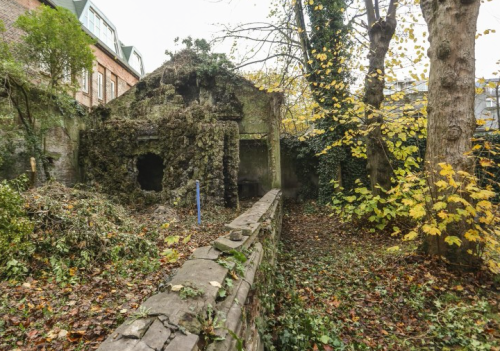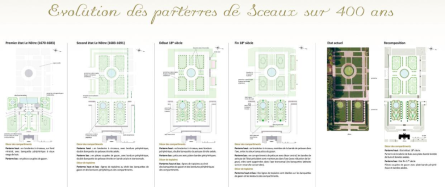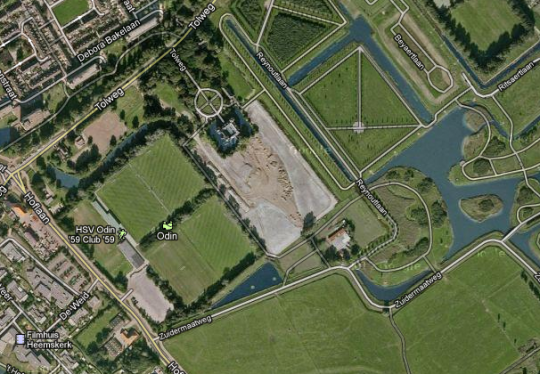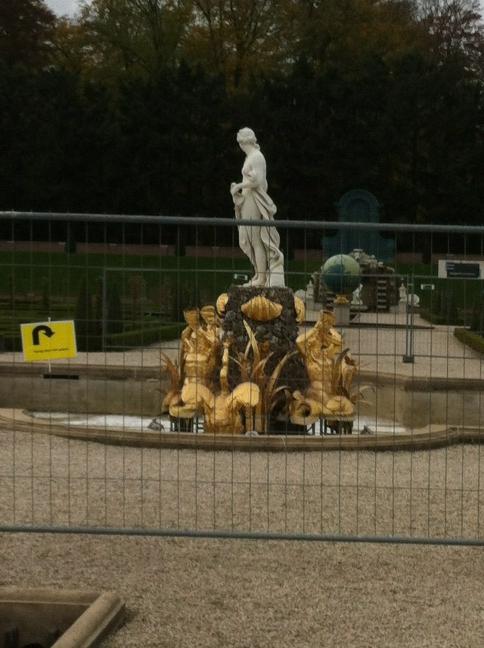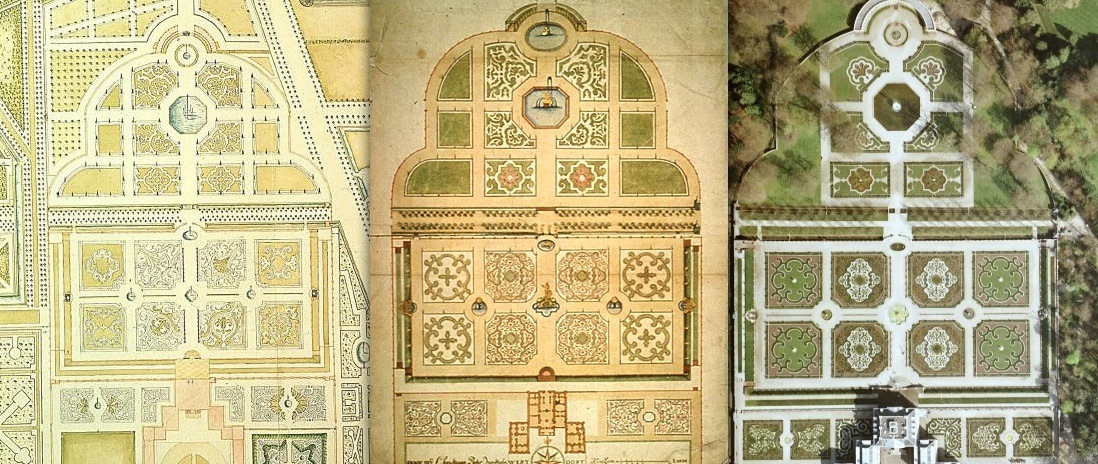Corten steel aesthetics: still questionable, but here to stay

In de Benedentuin van Paleis Het Loo wordt op dit moment de laatste hand gelegd aan de recreatie van de parterres. De figuren zijn gelegd in corten-staal, en op basis van nieuwe kennis over de oorspronkelijke situatie worden de haagjes lager en smaller dan voorheen het geval was.
De corten-stalen randen zijn wat mij betreft veel te goed zichtbaar, en helaas heeft dat ook praktische redenen: ze dienen als rails voor het vrijwel geheel gemechaniseerde knipproces. Wat mij betreft had die stalen rand minder zichtbaar gekund, maar de praktische voordelen zijn onmiskenbaar.
Toch jammer.
In de Benedentuin van Paleis Het Loo wordt op dit moment de laatste hand gelegd aan de recreatie van de parterres. De figuren zijn gelegd in corten-staal, en op basis van nieuwe kennis over de oorspronkelijke situatie worden de haagjes lager en smaller dan voorheen het geval was.
De corten-stalen randen zijn wat mij betreft veel te goed zichtbaar, en helaas heeft dat ook praktische redenen: ze dienen als rails voor het vrijwel geheel gemechaniseerde knipproces. Wat mij betreft had die stalen rand minder zichtbaar gekund, maar de praktische voordelen zijn onmiskenbaar.
Toch jammer.

